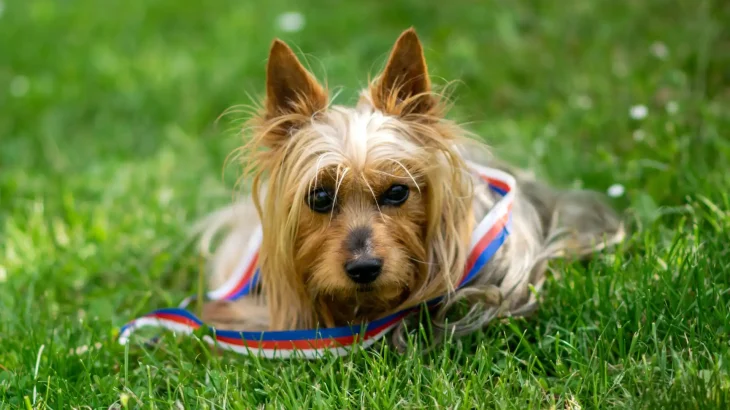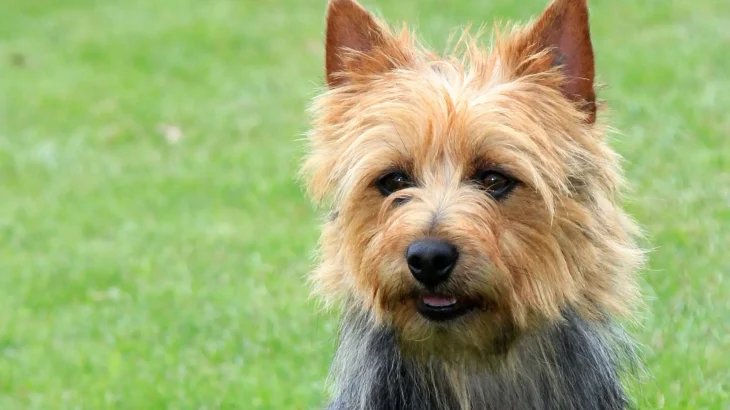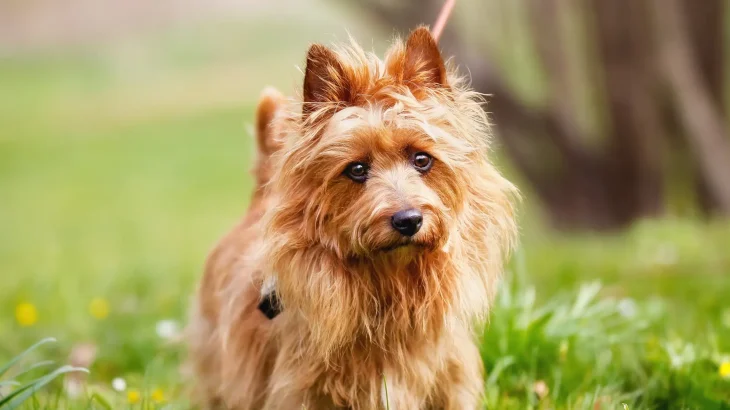When deciding to add an Australian Terrier puppy to your family, you might be weighing the choice between purchasing from a breeder or adopting from a shelter or rescue. Buying from a breeder usually offers more certainty about the puppy's health and pedigree, but adoption provides a loving home for a dog in need, which can be especially rewarding given this breed's rarity.
Adoption vs. Breeder: Pros & Cons
| Criteria | Buying from Breeder | Adopting from Shelter/Rescue |
|---|---|---|
| Cost | Typically higher, around $1,300-$1,500 or more for purebred Australian Terrier puppies. | Lower adoption fees, often including vaccinations and spay/neuter procedures. |
| Health History | Breeders often provide health screenings and detailed records. | Health history may be limited or unknown; shelters conduct basic health checks. |
| Age Availability | Mostly puppies, ideal for raising from a young age. | Various ages available, but Australian Terriers are rare finds in shelters. |
| Temperament Insight | Breeders can provide background on lineage temperament traits. | Shelter staff may share behavior observations, but full history may be uncertain. |
| Supporting Practices | Supports breeding programs; important to choose ethical breeders. | Supports animal welfare by giving a home to a dog in need. |
| Breed Purity & Pedigree | Pedigree papers are usually provided to confirm breed purity. | Breed purity is often uncertain or not guaranteed. |



















































